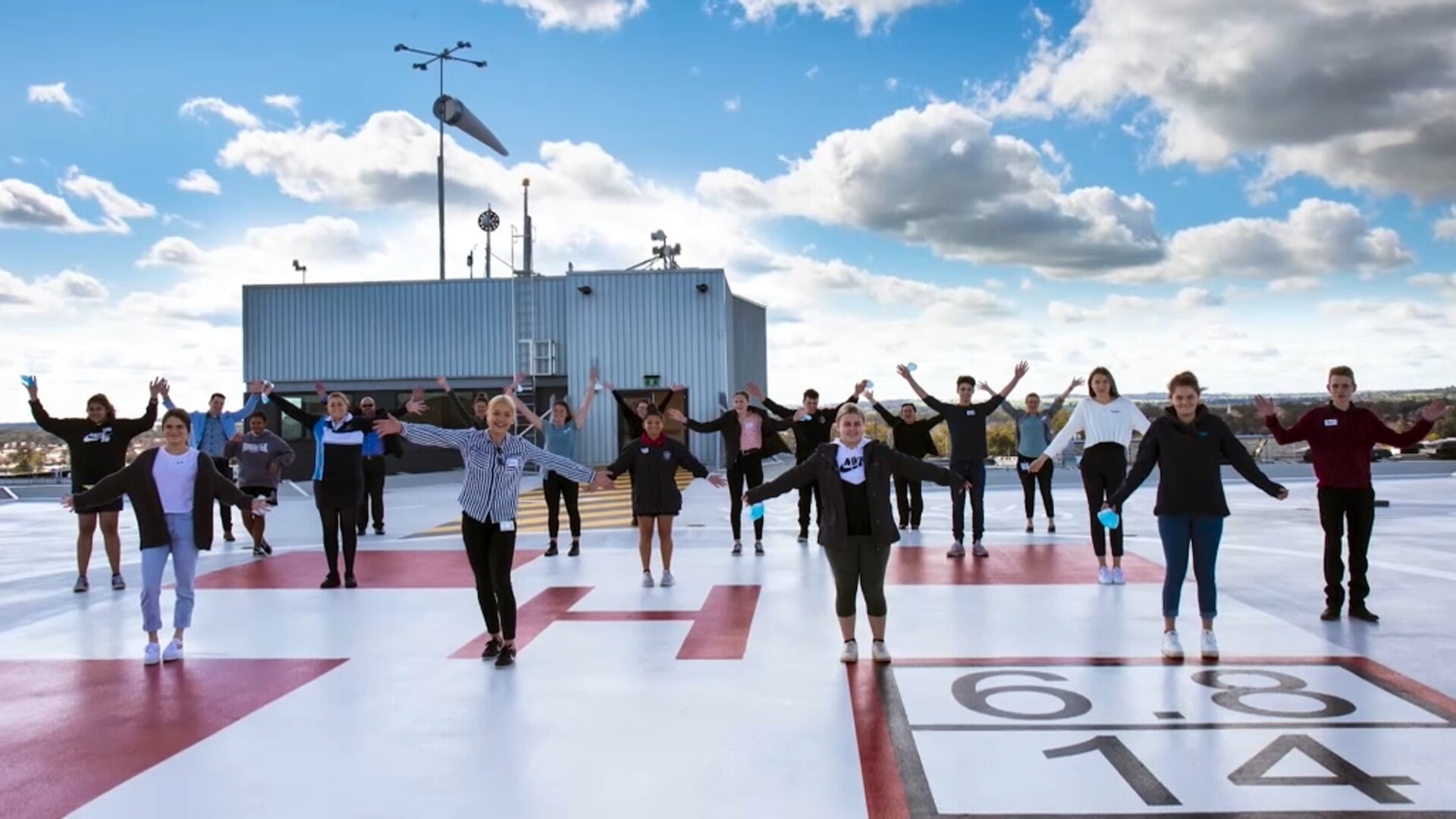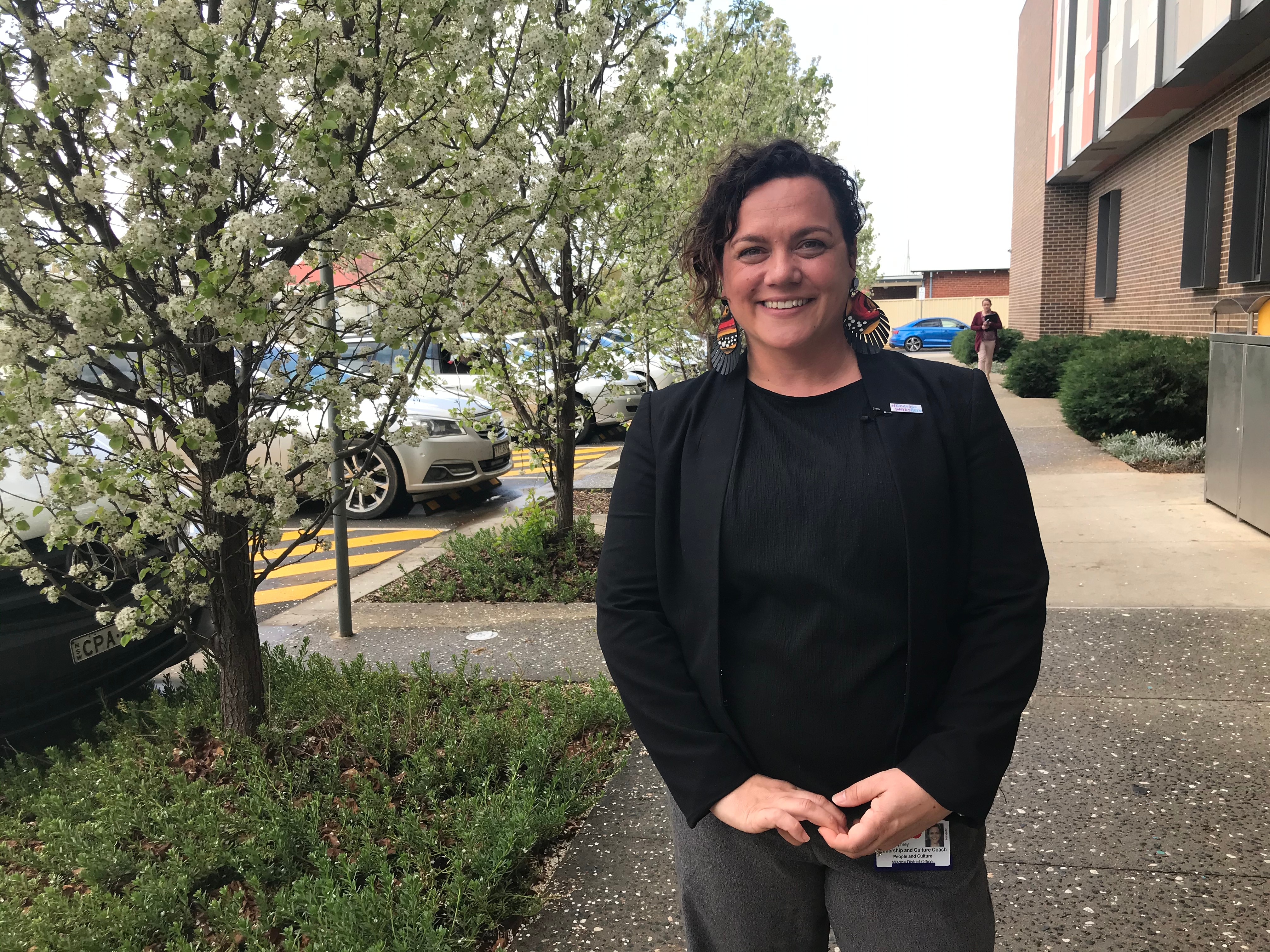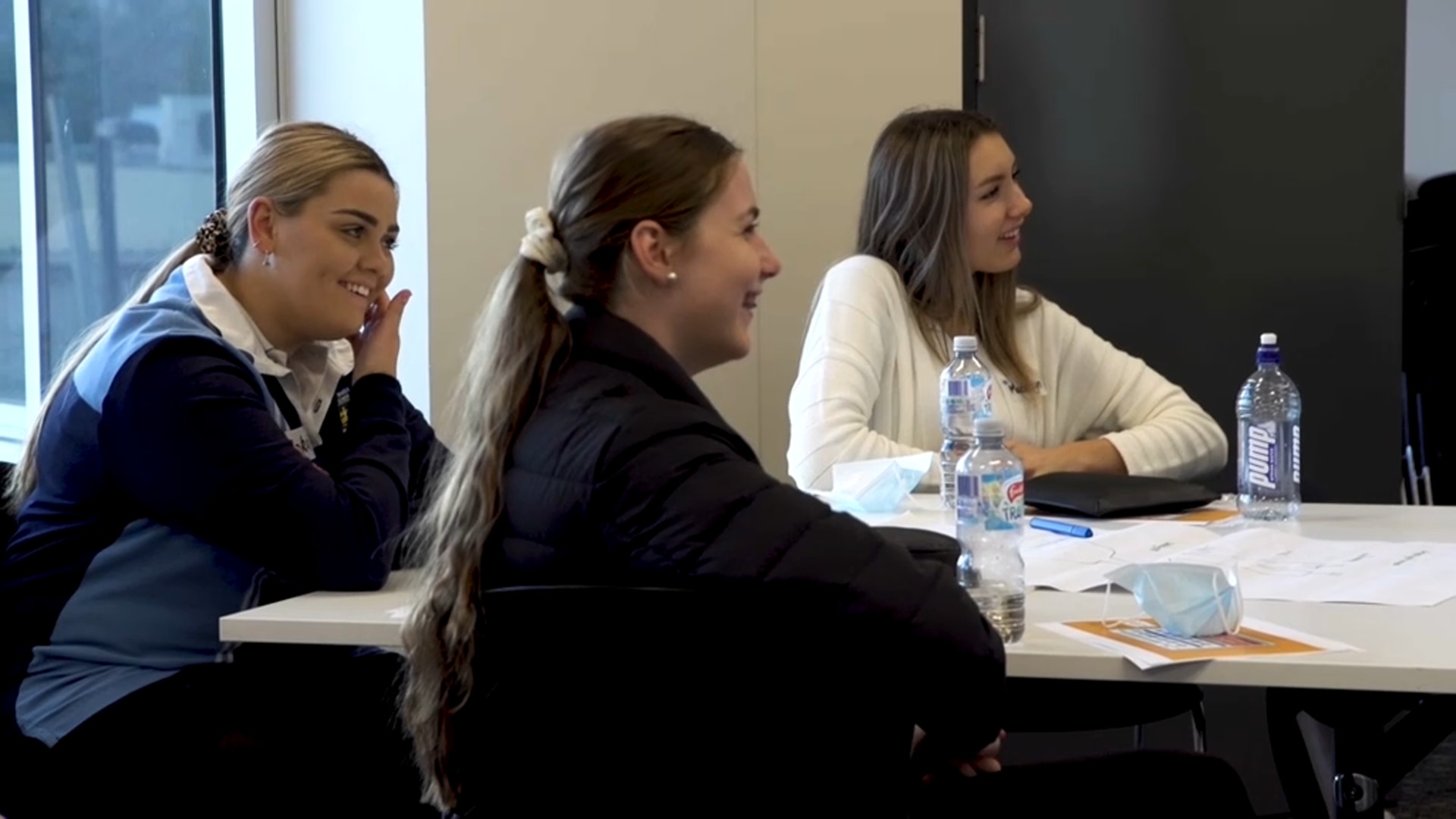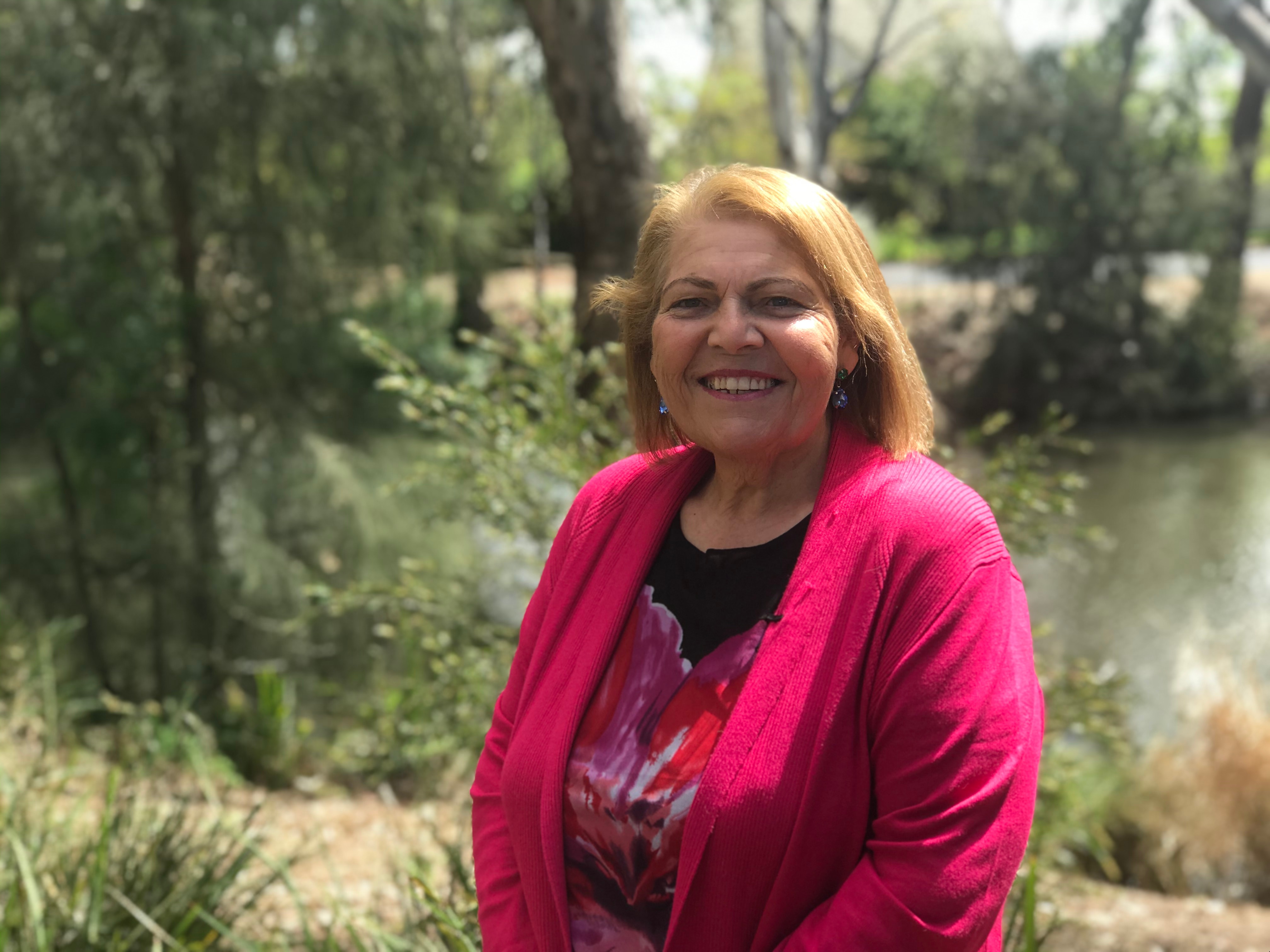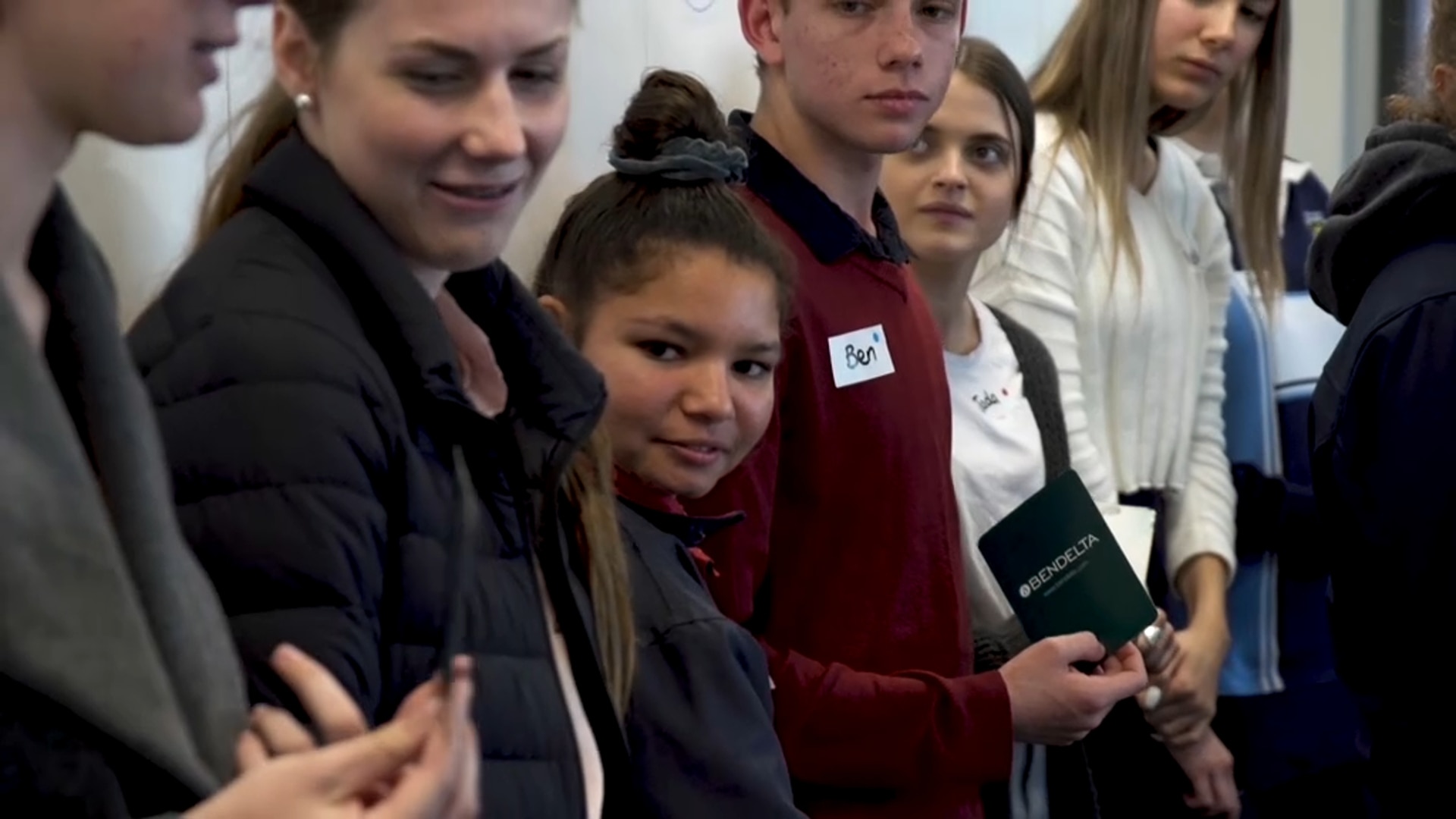It’s the first day on the job for Wiradjuri teenager Makaylee Little.
The 17-year-old will be working in health administration at Wagga Wagga Base Hospital one day a week until she finishes school next year.
It’s an opportunity she told SBS News is exciting, albeit a little nerve-wracking.
“Honestly, I was a little nervous because I hadn’t been in an environment like this before,” she said.
“It’s been a massive eye-opener just seeing how everything works.”
Makaylee is one of 20 Indigenous senior students in Year 11 and 12 who are undertaking a new school-based traineeship in the Murrumbidgee Local Health District (MLHD) in southern New South Wales.
MLHD – which encompasses Wagga Wagga, Griffith, Albury and other small towns – aims to utilise the program to nurture the next generation of Indigenous nurses and doctors who can better serve their community.
Makaylee, who is from Wagga Wagga, says she wants to improve health outcomes in her community and is particularly interested in pursuing a career in mental health.
“I would be so proud to be an advocate for my own mob and just to help everyone out in the community. I think it’s important that we tackle mental health and everything that comes along with it,” she said.
Gomeroi woman Kelly Humphrey is the health district’s leadership and culture coach, and was one of the program’s champions.
“For us, the trainee program was an excellent way to help grow our younger people into roles that they can maintain and sustain in our communities and serve their local mobs along the way as well,” she said.
After a delayed start because of the coronavirus pandemic, the students are finally getting stuck into hands-on work within their chosen healthcare area. They can select a traineeship in either assistant nursing, allied health or health administration.
They receive mentoring, online tutorials and paid training in a hospital setting one day a week until their senior school graduation in 2021.
Ms Humphrey said the opportunity has been well received by students and parents alike.
“We had calls from grandmas who were interested for their grandsons and granddaughters, and parents ringing saying ‘how can we access the opportunity?'”
Even though roughly five per cent of the region’s population identifies as Aboriginal or Torres Strait Islander, it is not yet reflected in its healthcare workforce.
Ms Humphrey is the first to admit representation needs to be improved.
“We know the statistics around health determinants in our community. We know that one of the reasons Aboriginal people discharge themselves from hospital early against medical advice is because of not feeling comfortable or culturally safe,” she said.
National data from the Institute of Health and Welfare shows Indigenous Australians have poorer health outcomes than non-Indigenous Australians. For those living regionally, the health gap is often even wider.
Wiradjuri Ngunnawal elder Aunty Mary Atkinson said culturally appropriate care should be the top priority.
“They’re shy about going into these places. We have our medical centres but you can’t access them all the time either, we need people in the hospitals, on the ground, being there for us,” she said.
Ms Atkinson, who recently underwent major heart surgery, knows first-hand that having someone to connect with on a cultural level makes the experience much more comfortable.
“I think it’s important because our young ones need to see that they can offer us the help we need when we’re in times of distress, when we’re sick and at our worst, because all of our kids and communities live with that every day.”
The goal is for every graduate of the traineeship to have secure, full-time employment in healthcare in the region when they finish next year.
They’ll also be eligible for guaranteed admission into certain university courses to further their studies or can set their sights on a scholarship to get a degree in medicine.
It’s hoped the program will be able to continue, offering another round of students the opportunity to start a career in health.
Leadership and development manager for the health district Troy Pietsch said it’s a choice that’s not only beneficial for the students, but for the whole community.
“It creates opportunities for our health system to create empathy for our community, understand what our community needs and start creating that change that’s really needed, especially in small communities,” he said.

